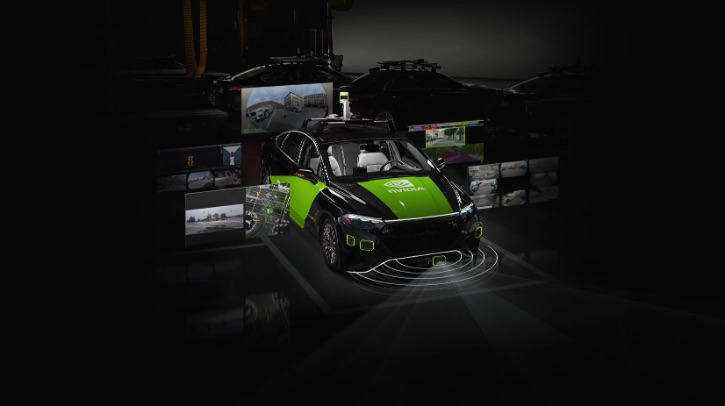Nvidia has announced that its Drive AGX Hyperion has passed industry safety assessments by TÜV SÜD and TÜV Rheinland — two foremost authorities for automotive-grade safety and cybersecurity.
Drive Hyperion is the industry’s first and only end-to-end autonomous driving platform. It includes the Drive AGX system-on-a-chip (SoC) and reference board design, the Nvidia DriveOS, a sensor suite and an active safety and Level 2+ driving stack.
Companies such as Mercedes-Benz, JLR and Volvo Cars are adopting the platform, which is designed to be modular. It is also scalable and built to be compatible across future Drive SoC generations. Available in the first half of this year, the latest version of Drive Hyperion – designed for both passenger and commercial vehicles – will feature the high-performance Drive AGX Thor SoC built on the Nvidia Blackwell architecture.
“A billion vehicles driving trillions of miles each year move the world. With autonomous vehicles – one of the largest robotics markets – now here, the Nvidia Blackwell-powered platform will shift this revolution into high gear,” said Jensen Huang, founder and CEO of Nvidia.
As next-generation vehicles will mostly be software-defined, Nvidia’s Drive Hyperion will help ensure advanced automotive systems with rich, AI-based functionalities are compliant with the automotive industry’s stringent safety and security standards.
In addition to the Drive AGX, two other Nvidia computers serve as the foundation for AV development: Nvidia DGX systems for training advanced AI models and building a robust AV software stack in the cloud, and the Nvidia Omniverse platform running on Nvidia OVX systems for simulation and validation. These three computers, now enhanced with the new Nvidia Cosmos world foundation model platform, are set to accelerate end-to-end AV development and mass deployment.


